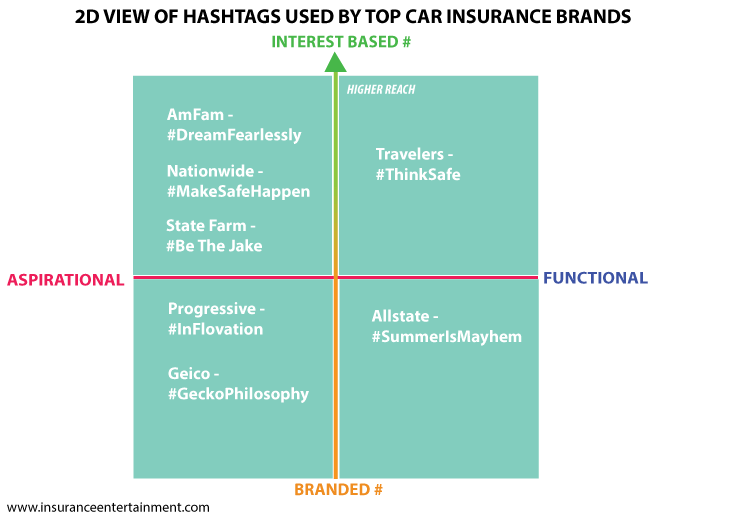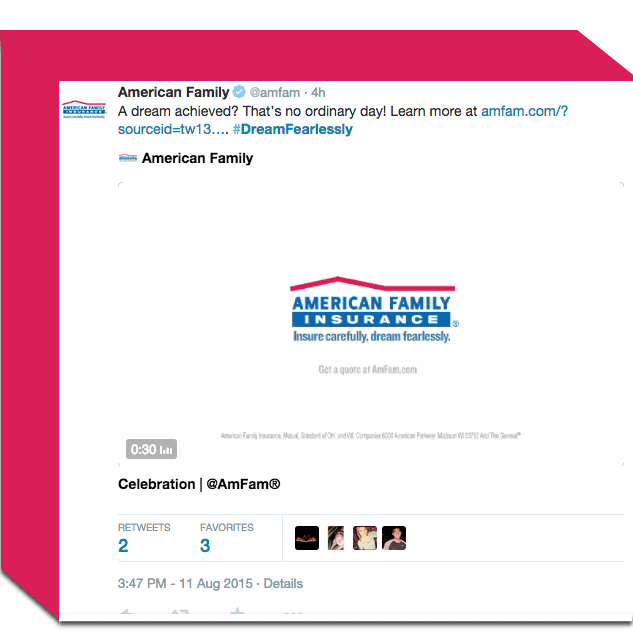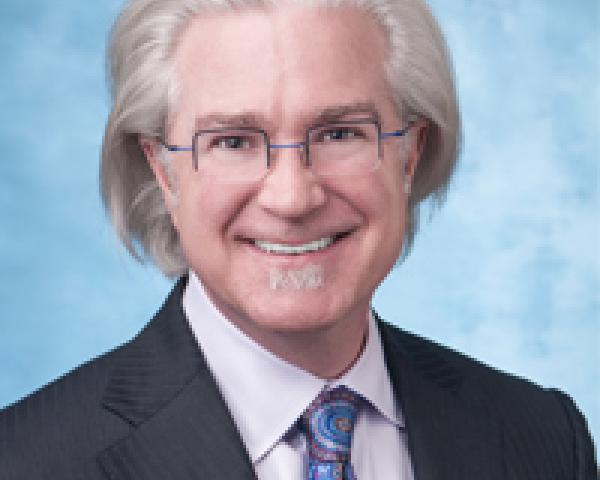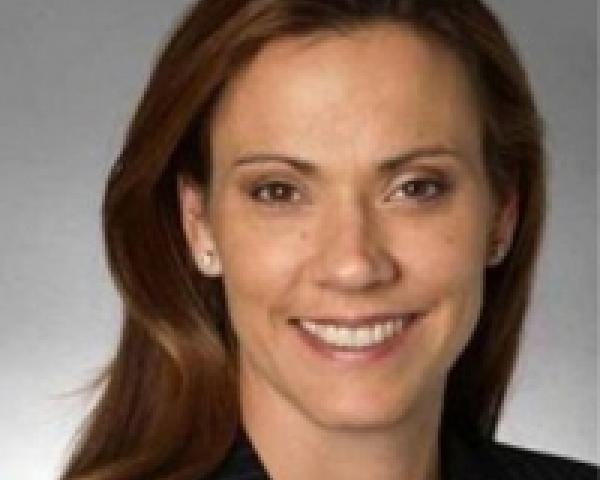Texas physician Dennis B. Barson Jr. and his medical clinic administrator are headed to prison. The 10-year prison sentence imposed against Barson, like an $8 million-plus healthcare fraud civil settlement announced by the Justice Department on July 24, 2014, illustrate the significant legal risks that physicians and other healthcare providers face when physician charges are improperly billed to Medicare, Medicaid, Tricare or other federal or state healthcare programs for services actually provided by non-physician staff.
Physicians and others should heed the lessons from these and other similar federal and state healthcare fraud enforcement actions when deciding when it is appropriate to bill federal healthcare programs for physician services where physicians assistants, nurse practitioners or other nursing staff or other non-physicians perform part or all of the procedures billed.
Dr. Barson Prison Sentence Highlights Criminal Risks
On Monday, July 27, 2015, U.S. District Court Judge Melinda Harmon ordered Barson to serve 120 months in prison, followed by three years of supervised release, and to pay restitution of approximately $1.2 million for his Nov. 5, 2014, conviction on all 20 counts of conspiracy to defraud Medicare of $2.1 million.
With Judge Harmon presiding, a Houston jury found Barson and his medical clinic administrator, Dario Juarez, 55 years old, guilty on the Medicare fraud charges last November. Another co-defendant, Edgar Shakbazyan, entered a guilty plea to the 21-count original indictment on Oct. 27, 2014. Shakbazyan, of Glendale, CA, was sentenced to 97 months in prison, while Juarez, of Beeville, Texas, received 130 months. Both will also serve three years of supervised release.
The jury convictions of Barson and Juarez followed a trial where Department of Justice prosecutors proved the healthcare fraud charges based on evidence that Barson, Juarez and Shakbazyan fraudulently billed Medicare for rectal sensation tests and electromyogram (EMG) studies of the anal or urethral sphincter that were never performed. Shakbazyan was additionally charged and pled guilty to conspiracy to pay kickbacks for payments made to recruiters and beneficiaries.
According to the testimony at trial, Barson was the only doctor affiliated with the medical clinic located at 8470 Gulf Freeway in Houston. However, Juarez represented himself to be a doctor and was the one who actually saw patients at the clinic. Barson, Juarez and Shakbazyan caused Medicare to be billed for procedures on 429 patients in just two months. The three men also billed Medicare for seeing more than 100 patients on 13 different days, including a high of 156 patients on July 13, 2009.
Barson's defense attempted to convince the jury that he was a victim of identity theft and was not the perpetrator of the crimes. The conviction shows the jurors did not believe his story. The criminal charges are the result of a joint investigation conducted by agents of the FBI, Department of Health and Human Services-Office of Inspector General and the Medicaid Fraud Control Unit of the Texas Attorney General’s Office.
Margossian Settlement Shows Even More Common Civil Penalty Risks
Barson's sentencing is one of a growing series of criminal convictions and sentencing of physicians and other healthcare providers for healthcare fraud by participating in arrangements where Medicare, Medicaid or other federal healthcare programs are billed for services not provided or not provided as required to qualify for reimbursement. On July 24, 2015, for instance, the U.S. Attorney for the Eastern District of New York and the State of New York announced that Brooklyn, NY, OB/GYN Haroutyoun Margossian will pay $8 million as part of a civil settlement with the U.S. and the state of New York. The settlement resolves charges brought under the federal False Claims Act and the New York False Claims Act that Margossian wrongfully billed Medicare and Medicaid for physician services for treatments of women suffering from urinary incontinence that unlicensed and often unsupervised staff, rather than Margossian or another physician, actually administered. The government has also filed a criminal charge against Margossian for making false statements to Medicare and entered into a deferred prosecution agreement with him.
Healthcare Fraud Investigations Raise Other Licensing and Practice Risks
The Barson and Margossian actions are just two of the already long and ever-growing list of criminal convictions, civil sanctions and civil settlements that federal and state healthcare fraud fighters already can count as notches of success in their war against healthcare fraud by physicians and other healthcare providers. With these successes fueling more investigations, physicians and others should be prepared to "do time" for improperly billing physician fees to federal healthcare programs for services not provided by the billing physician or for engaging in other inappropriate billing practices. Targets of audits and investigations also must prepare to deal with a host of other threats to their practices that almost inevitably arise regardless of whether the government investigation leads to a conviction, civil sanctions or a settlement.
As demonstrated by the Margossian settlement, even if physicians, practice management and others swept up into these investigations escape being criminally charged, subjected to civil sanctions or penalties or suspended or excluded from Medicare or other federal healthcare programs, healthcare fraud investigations or charges still will carry a heavy cost. Healthcare fraud warriors are realizing great success in securing civil sanctions and settlements, federal program exclusions and other civil and administrative punishments against physicians and other healthcare providers that the government accuses of violating the False Claims Act or other federal healthcare fraud rules.
Of course, whether healthcare fraud investigations ultimately result in any civil or criminal prosecution, conviction or settlement, physicians and other licensed healthcare providers under suspicion of healthcare fraud inevitably must deal with a broad range of other professional fallout. These activities almost always trigger scrutiny or other actions by employers and medical practices, healthcare organizations and licensing boards.
Act to Strengthen Your Defenses
Physicians and others should take steps to minimize the risk of an investigation or audit as well as take steps to help ensure sufficient resources to defend themselves if the government comes knocking.
Of course, the first step should be to take proper, well-documented efforts to comply with the rules. Physicians and the clinics, hospitals and management working with them should carefully evaluate what can be defensibly billed as physician services to Medicare or another federal healthcare program -- keeping in mind that the billing party, not the government, generally bears the burden of proving that the amount bill qualifies for coverage. Physicians and others must carefully consider the adequacy of the physician's involvement in prescribing and delivering services intended to be billed as physician services. In areas where questions could be raised, physicians and their organizations are strongly urged to take extra care to retain documentation of their analysis and efforts to verify their compliance, including consulting legal counsel for advice within the scope of attorney-client privilege.
Physicians and others working with them also should familiarize themselves with their obligations and rights under employment agreements, shareholder or partnership agreements, medical staff bylaws, managed care contracts, medical licensing board rules and the Health Care Quality And Improvement Act. In many cases, these arrangements will compel a physician to provide notice of an investigation, audit, allegation or charge, will trigger separate investigatory or disciplinary action against the physician, or both.
Along with the stiff civil sanctions or settlements imposed, physicians and others investigated or charged with healthcare fraud often incur significant legal and other costs. Physicians and others should consider if they can expect to have sufficient funds to pay the legal and other costs of their defense. Physicians and their organizations concerned about the adequacy of these resources may wish to explore, where available, raising their malpractice policy coverage limits, purchasing other supplemental coverage and taking similar steps to better position themselves. Physicians generally will want to review the adequacy and limits of the coverages that their practices provide, as well as consider the reliability of that coverage in the event that the physician is terminated or leaves the practice.
Because of the 10-year statute of limitations applicable to False Claims Act claims, billings can come back to haunt a physician 10 years after their submission. With this tremendously long liability period, even in the absence of government investigation, a significant risk exists that a physician may experience a practice relocation or other change that would affect his coverage during this period. When an investigation happens, the possibility that the physician will relocate his practice skyrockets. Consequently, physicians should consider purchasing tail coverage, maintaining separate, portable professional liability coverage or both.
Physicians and their practices also should consider the adequacy of the coverage provided by their professional liability or other policies. If the policy provides no or limited coverage, both the physician and his associated organization or practice may want to explore purchasing additional riders on the existing policy, purchasing separate coverage or both, as well as to raise the limits on the coverages.
Practice leaders, hospitals and other organizations that would be swept up into these investigations generally share an interest in ensuring that the physician possesses adequate resources to defend herself, as their organization and its billings are likely to be hurt if the physician is unable to defend the billings.





























